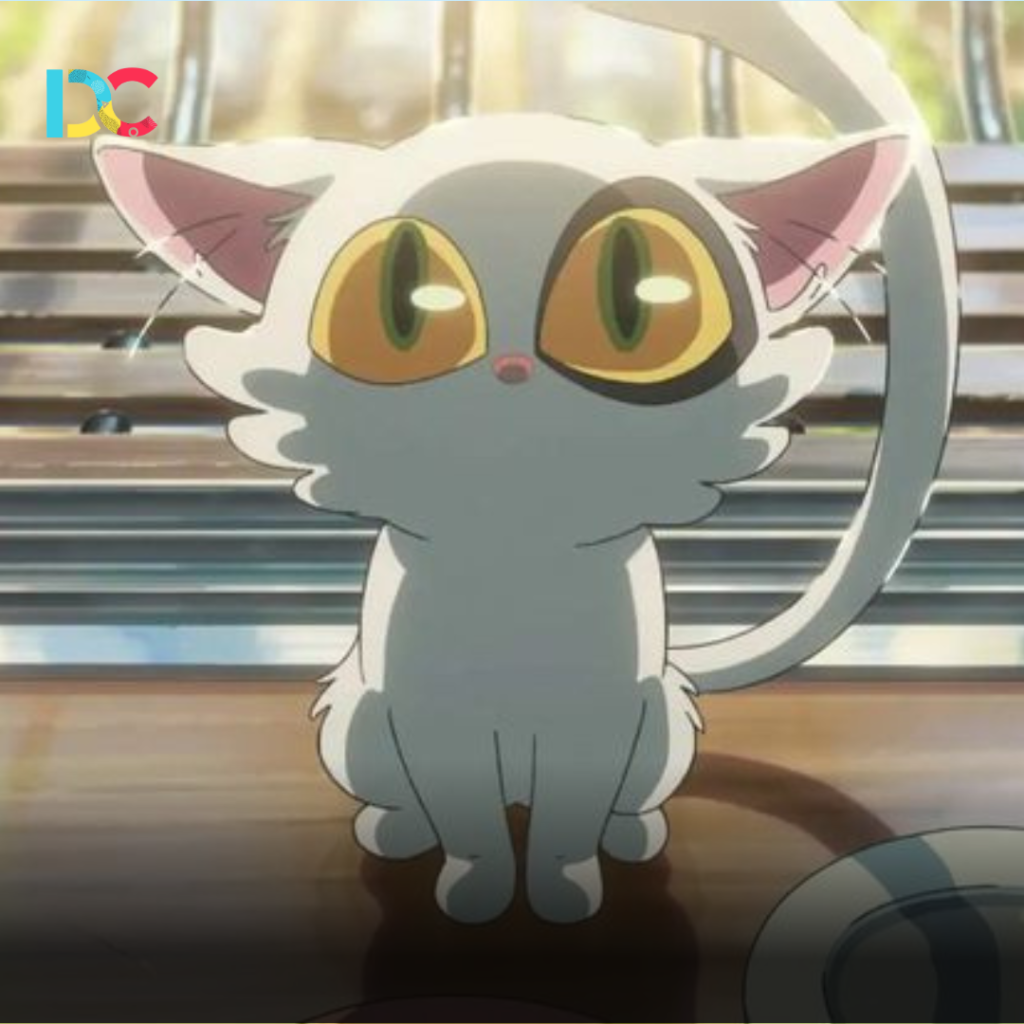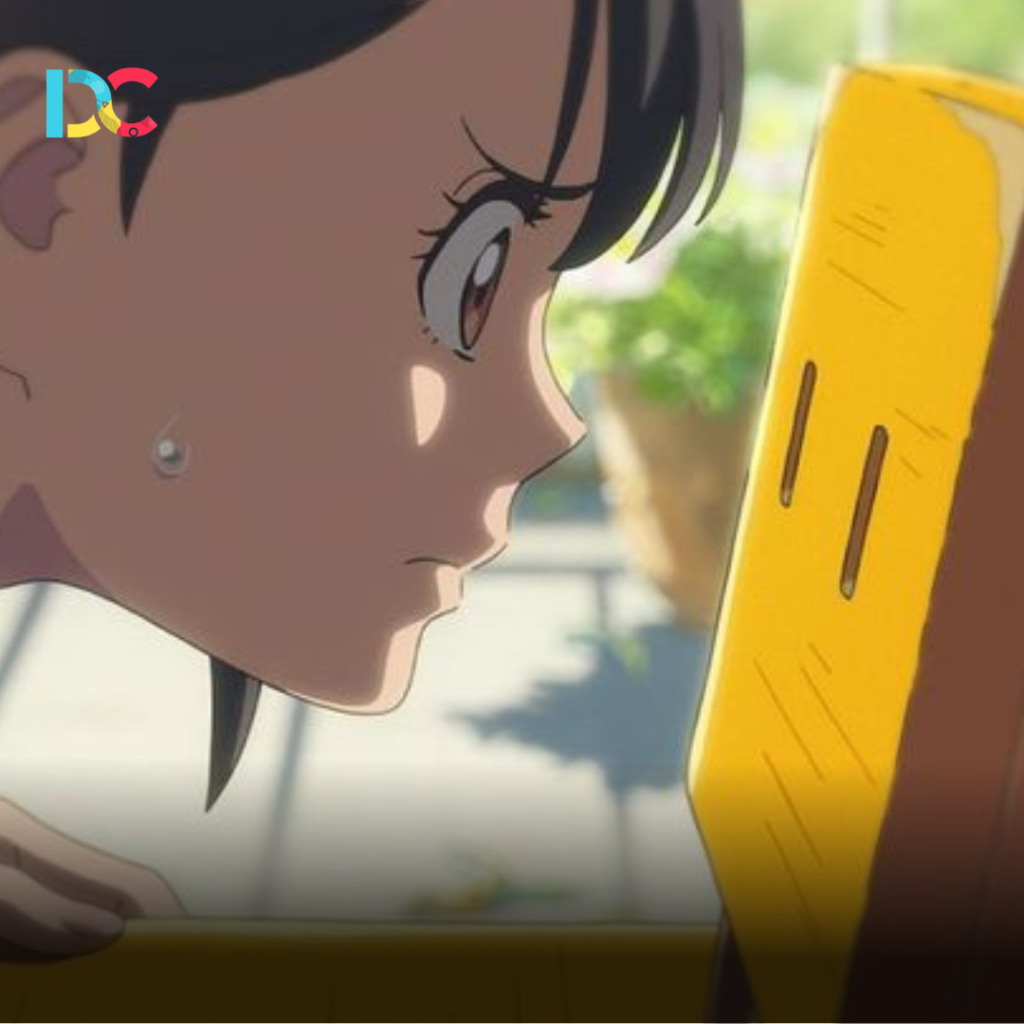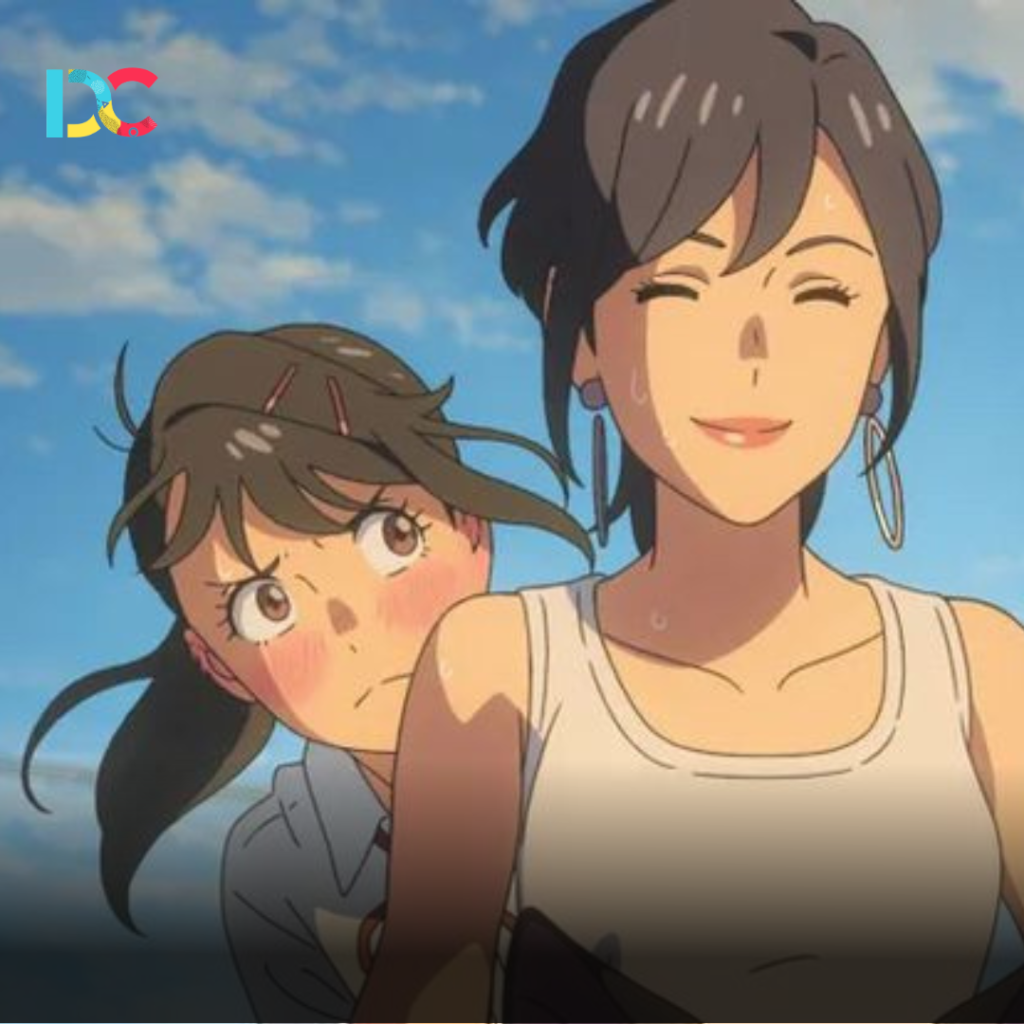Love, Loss and Acceptance: Themes explored in Suzume no Tojimari

How Makoto Shinkai’s latest film, Suzume no Tojimari goes beyond romance and explores wider themes
Watching a Makoto Shinkai movie is all about pushing you into a magical world. In 2016, we watched “Your Name” and we’re completely taken by how beautifully it imbued all its elements together. That’s the thing about Shinkai movies showing romance at the stake of natural balance of things, representing young love just how it feels, chaotic and stubborn. Suzume no Tojimari recently hit theaters across the globe and despite having some Shinkai movie elements in it, this story was different.
The plot –
17-year-old, Suzume was living a normal life with her aunt on the southwestern Island of Kyushu until she encountered a strange man who asked if she had seen any abandoned places nearby. These doors are a passage to another world and can cause disasters if left open. The strange man, “Shouta” has the responsibility to close these doors to avoid the catastrophe. There are keystones who are responsible for guarding these doors. Accidently, Suzume sets the keystone, “Daijin” free. Daijin later curses Shouta and turns him into a chair and Suzume takes on the responsibility as a “closer”. She goes onto a cross-country adventure in the quest of preventing these disasters. The story also illustrates the trauma and vulnerability that adolescents feel in many parts of Japan.

The problem –
One thing to notice here is that these disasters only originate from abandoned and depopulated spaces like a closed down school, a ghost theme park, a desolated town or a deserted building. The countryside theming of the story goes further as the film touches upon the subject of rural depopulation in Japan. A significant decline has been seen in the rural population of Japan as most of the country’s population resides in bigger cities like Osaka, Tokyo, Nagoya etc. The hollowing of rural spaces poses a lot of problems for the local authorities as they find it difficult to keep the records and manage the resources in these areas. But the issue isn’t just about maintaining logistics as the problem stretches wider than that. It’s an emotional loss for people living in those communities when they see their homes and communities disappear. Throughout the movie, we had characters talking about abandoned places and their associated memories with them. Like the lady who talked about the abandoned amusement park and how she misses the time she has spent there. How this movie links the memories of these abandoned spaces to the pathway of spiritual breakdown is truly beautiful.

The aftermath of a disaster –
The film is all about disaster but unlike Shinkai’s previous work it is not about the disaster itself but what remains after the destruction. It brings back the horrors of 2011, the Japanese earthquake, referred to colloquially as the ‘triple disaster’ due to the subsequent tsunami and meltdown at the Fukushima Dai-ichi Nuclear Plant, horrors of which are still present in contemporary Japanese society. Suzume lost her mother to this disaster as a kid. Knowingly or unknowingly, she internalized her sadness. The film focused on her individual trauma but it also touched upon the much wider cultural trauma. When Suzume tries to visualize the life in those abandoned places in an attempt to close those doors, she shares the collective memories and feelings of loss.

Acceptance –
A lot of people argued how the primary characters and their romance wasn’t compelling enough in the movie. That might be because the movie didn’t want it to be centered around the primary characters and their romance. In a scene, Suzume had an argument with her aunt. And her aunt cries over how she ruined the good years of her life because she had to take care of suzume. At the same time, Suzume complains how her aunt has been over-indulged in her life. This was a pretty important scene as it portrays one of the main elements of the movie and that is acceptance and moving on. Most of the time, we internalize our sadness and learn to live with it.

17-year-old Suzume had the opportunity to meet the 5-year-old Suzume at the end of the movie. It was the same time when Suzume just lost her mother. Seeing her desperately searching for her mother, teen Suzume realizes how she already knew that no matter what she does, her mother won’t ever return. But she never had the chance to accept and feel that sadness. She gives a tight hug to her younger self and assures her of a brighter future. Suzume no Tojimari wants us to feel and accept the sadness but at the same time it wants us to hope and dream of a brighter future.
Also Read: Breaking the Mold: How Demon Slayer Redefines the Shonen Genre?
Follow us for more @discultured
